Why Anti-Slip Features Are a Critical Design Element
In environments where water is frequently present—such as bathrooms, commercial kitchens, laundry rooms, garages, balconies, and public restrooms—floor safety is a major concern. Slippery surfaces are a cause of accidents, particularly for the elderly, children, or workers in fast-paced settings. While much attention is given to flooring materials and footwear, the design of floor drains themselves plays an equally important role in maintaining a safe walking surface. Floor Drains Factory products, commonly found in moisture-prone spaces, are being developed with increasing emphasis on safety, specifically the incorporation of anti-slip characteristics in their drain covers.
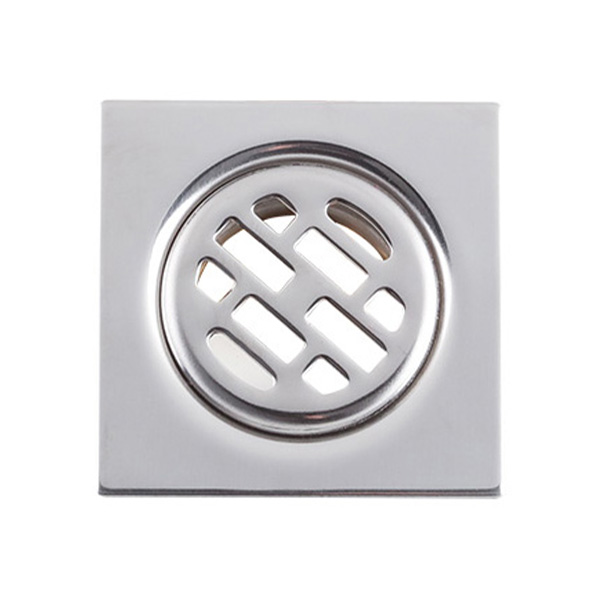
Materials That Enhance Grip and Surface Friction
One of the effective ways to prevent slips is through material selection. Many drain manufacturers use stainless steel or cast iron with a matte or brushed finish to increase surface friction. A smooth, polished surface may appear attractive, but it can be hazardous when wet. Textured surfaces, on the other hand, offer resistance underfoot, helping to create a secure grip even when the surface is exposed to soapy water, oils, or cleaning chemicals. Some products also incorporate composite materials or rubberized coatings in targeted sections of the grate to further improve traction.
Surface Patterning and Grooved Designs for Better Stability
Anti-slip performance in floor drain design heavily relies on the geometry of the surface. Strategically engineered grooves, raised patterns, or crosshatch grids on the drain cover allow shoes and bare feet to gain friction as they make contact. These patterns are not randomly placed but are carefully calculated to maintain balance between effective water flow and tactile grip. For example, drain covers may include diamond-shaped etchings or concentric rings that channel water away while also creating micro-edges that interrupt slipperiness. The result is a product that performs both as a drainage system and a safety-enhancing surface.
Load-Bearing Strength and Structural Integrity as Safety Factors
An often overlooked element of anti-slip design is the structural strength of the drain cover itself. Even if the surface is designed with a good grip, a cover that flexes or cracks under weight can cause instability. Floor drains must therefore be engineered to withstand heavy loads without deformation. In commercial or industrial applications where carts, trolleys, or heavy foot traffic is common, the anti-slip function must be matched with robust structural integrity. Reinforced frameworks and anti-warping designs help ensure that the surface remains flat, secure, and slip-resistant over time.
Integration with Flooring for Seamless, Safe Transitions
A critical detail in safety-oriented drain design is how well the product integrates with the surrounding flooring. Floor drains that sit too high or too low can cause tripping hazards even if they are slip-resistant. Advanced models are manufactured with adjustable height frames or recessed profiles to create a flush transition with tile, concrete, or epoxy floors. When installed correctly, the drain blends smoothly with the walking surface, reducing abrupt edges and maintaining continuity in surface texture. This design consideration enhances both accessibility and safety for all users.
Balancing Functionality with User Safety
The anti-slip features of modern floor drain systems reflect an evolving awareness of environmental safety and user-centric design. By combining textured materials, patterned surfaces, structural integrity, and installation precision, manufacturers are creating products that serve their primary drainage function while also reducing the risk of accidents. Although often a minor visual element in an interior or industrial space, the humble floor drain plays a significant role in promoting a safe, stable, and efficient environment. These innovations show how even the small components in a building can contribute to a much larger commitment to safety and functionality.

 English
English Español
Español عربى
عربى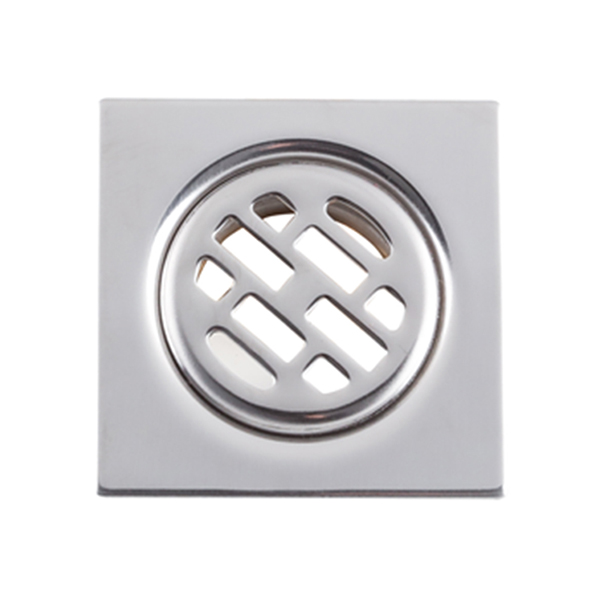
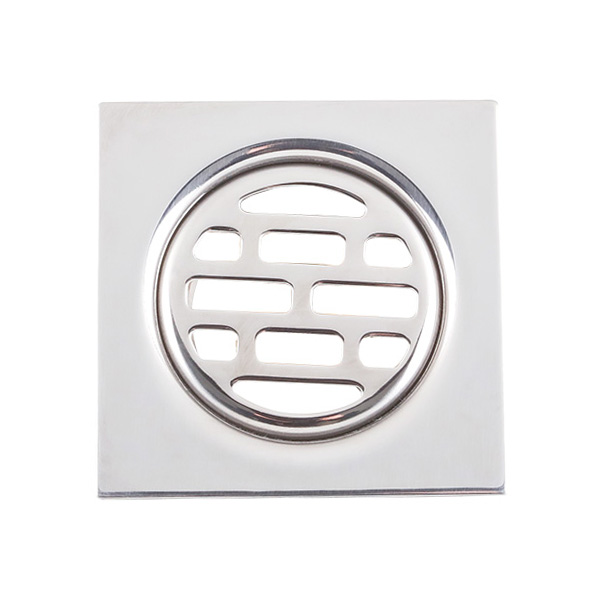
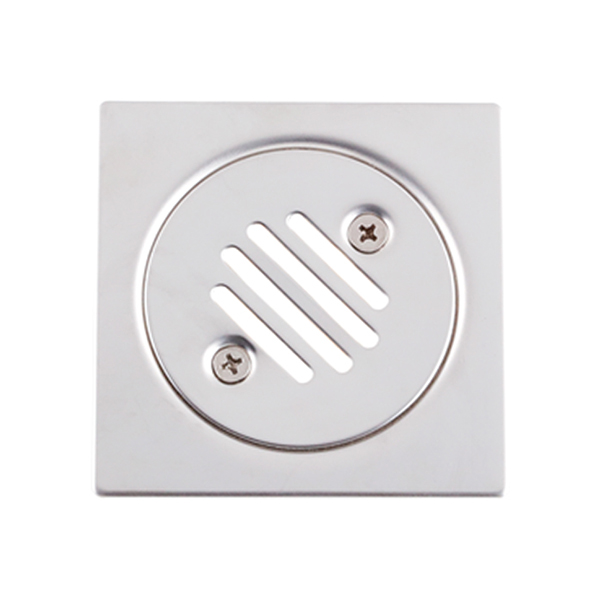
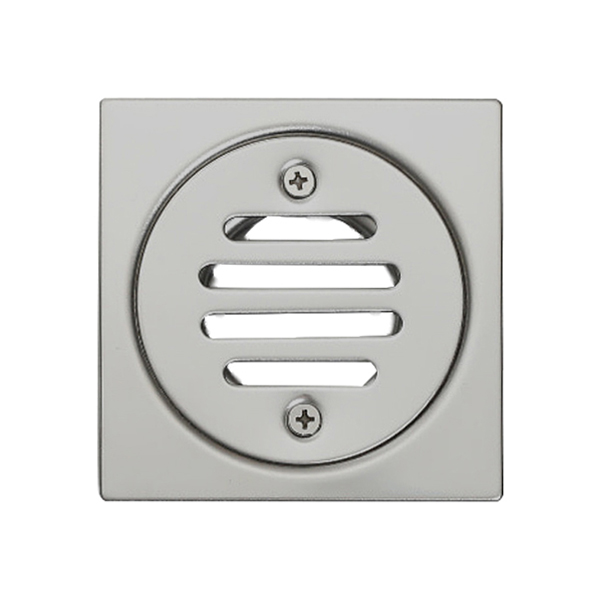

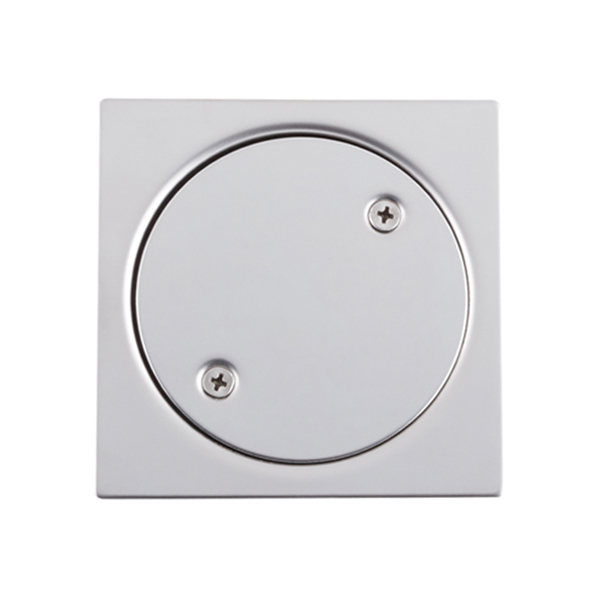
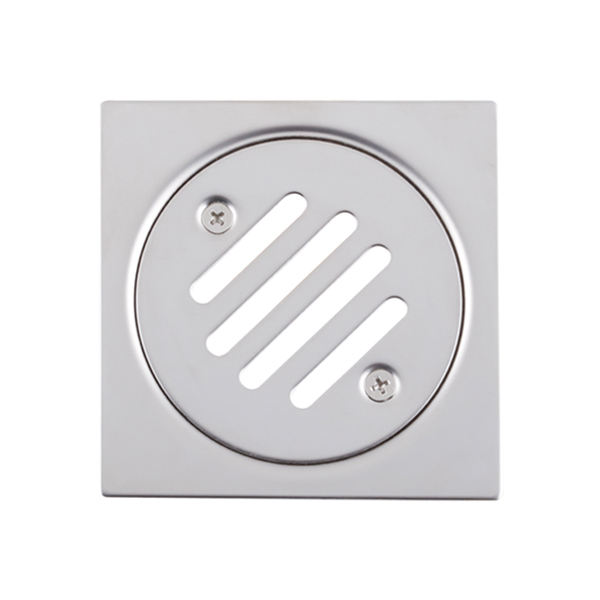
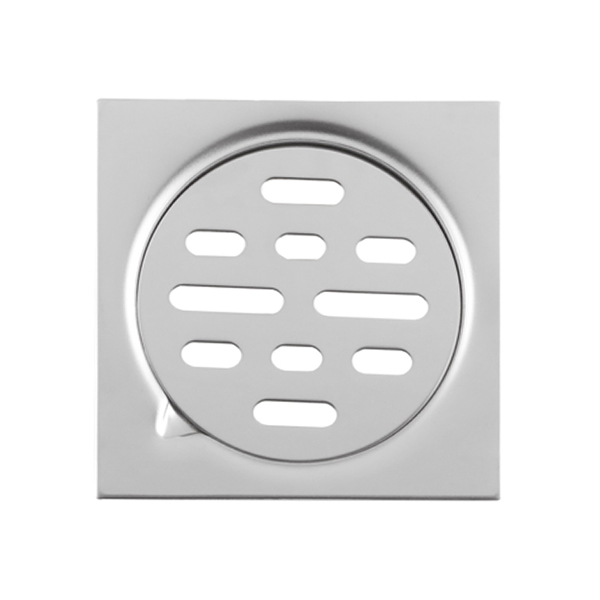
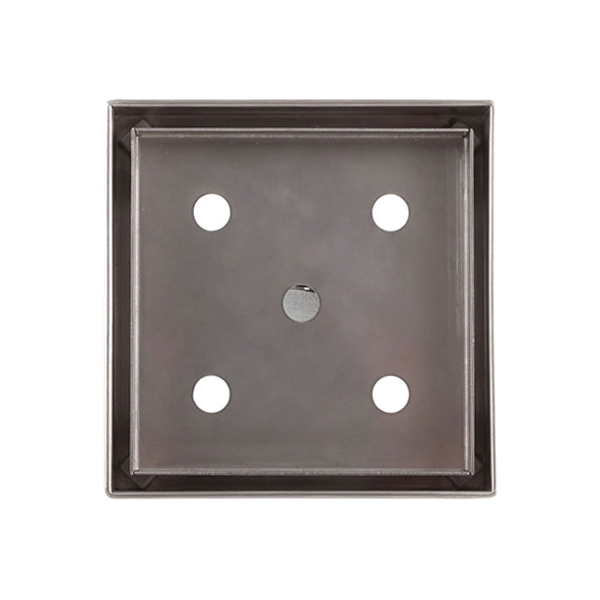
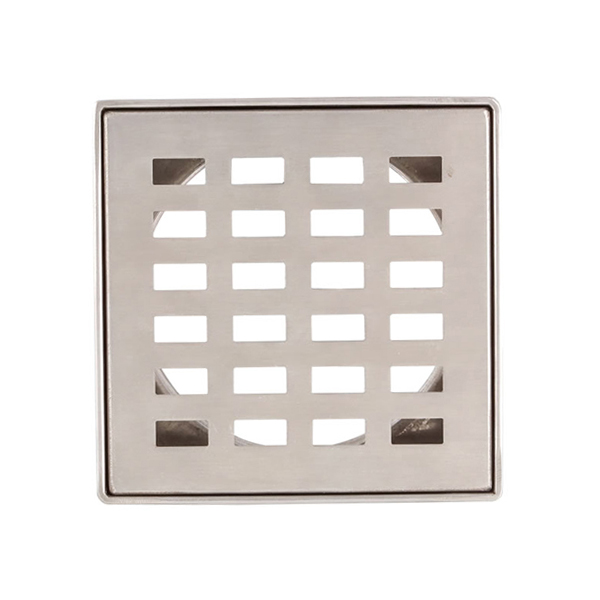
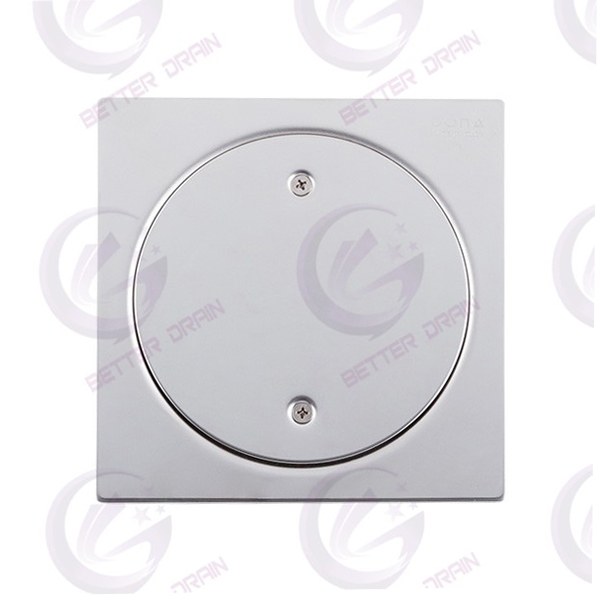


 +86-576-87422105
+86-576-87422105
 +86-576-87422322
+86-576-87422322 Xuancheng rd 32#, Yuhuan Economic Development Zone, Zhejiang, China
Xuancheng rd 32#, Yuhuan Economic Development Zone, Zhejiang, China